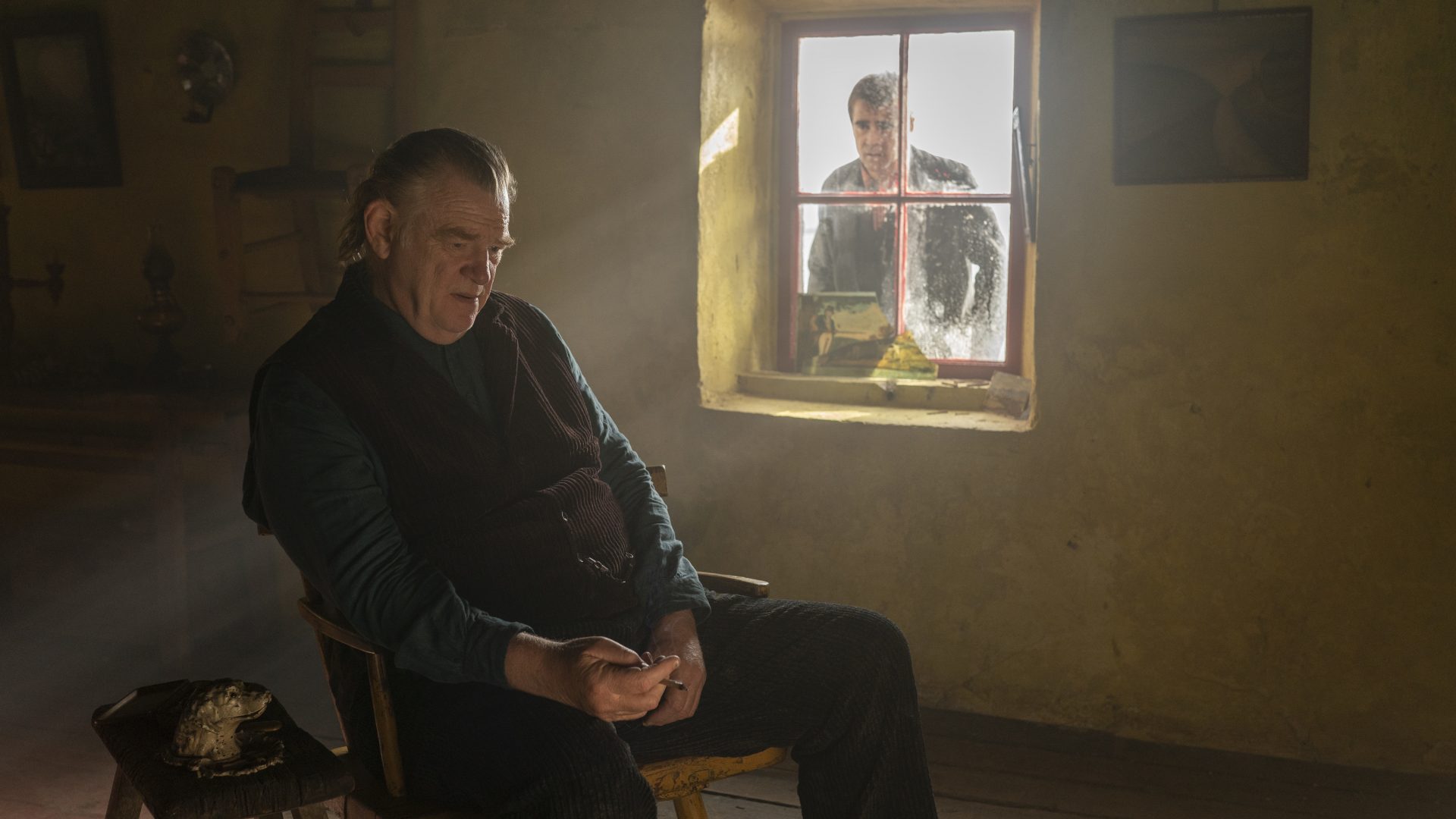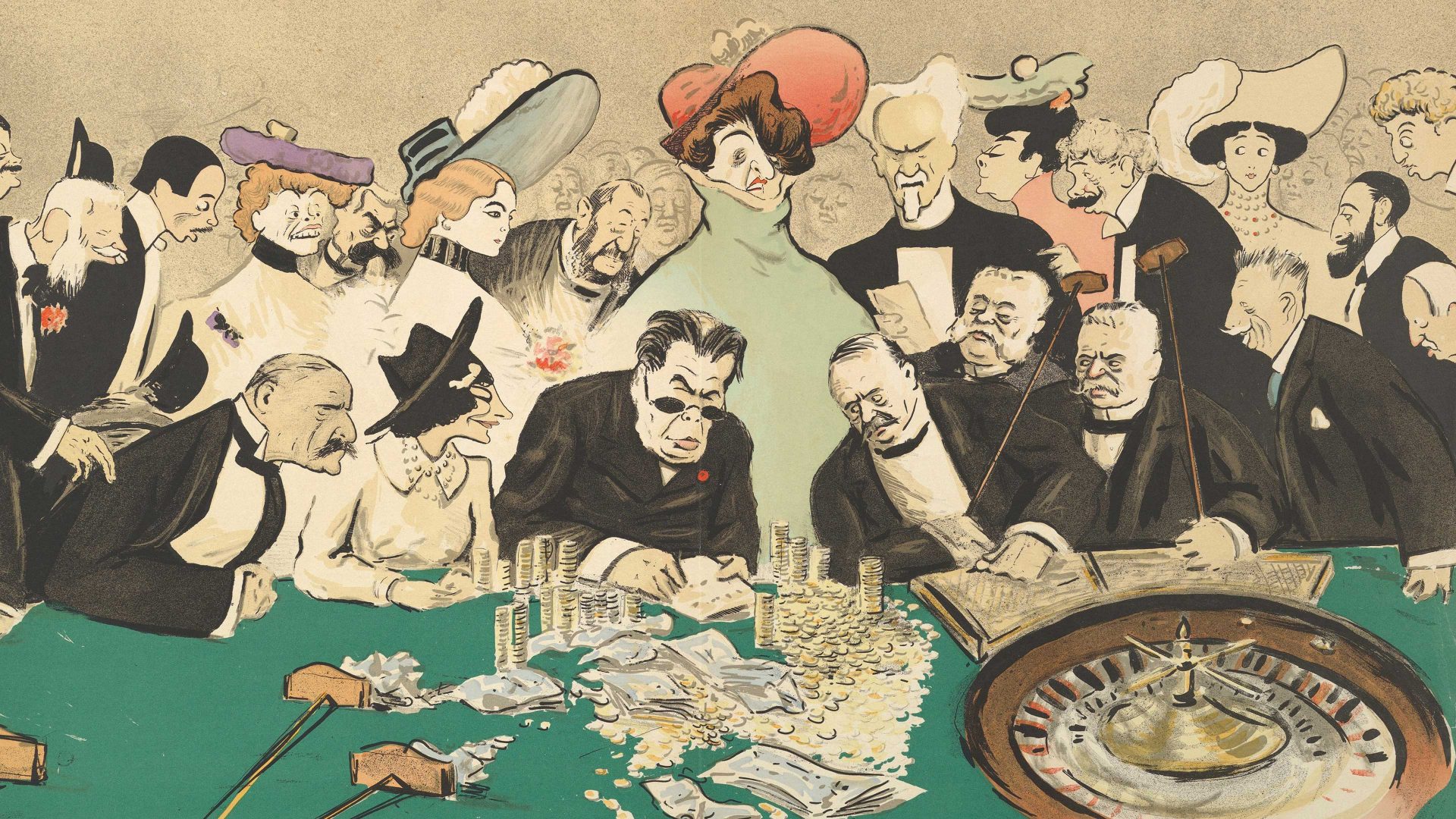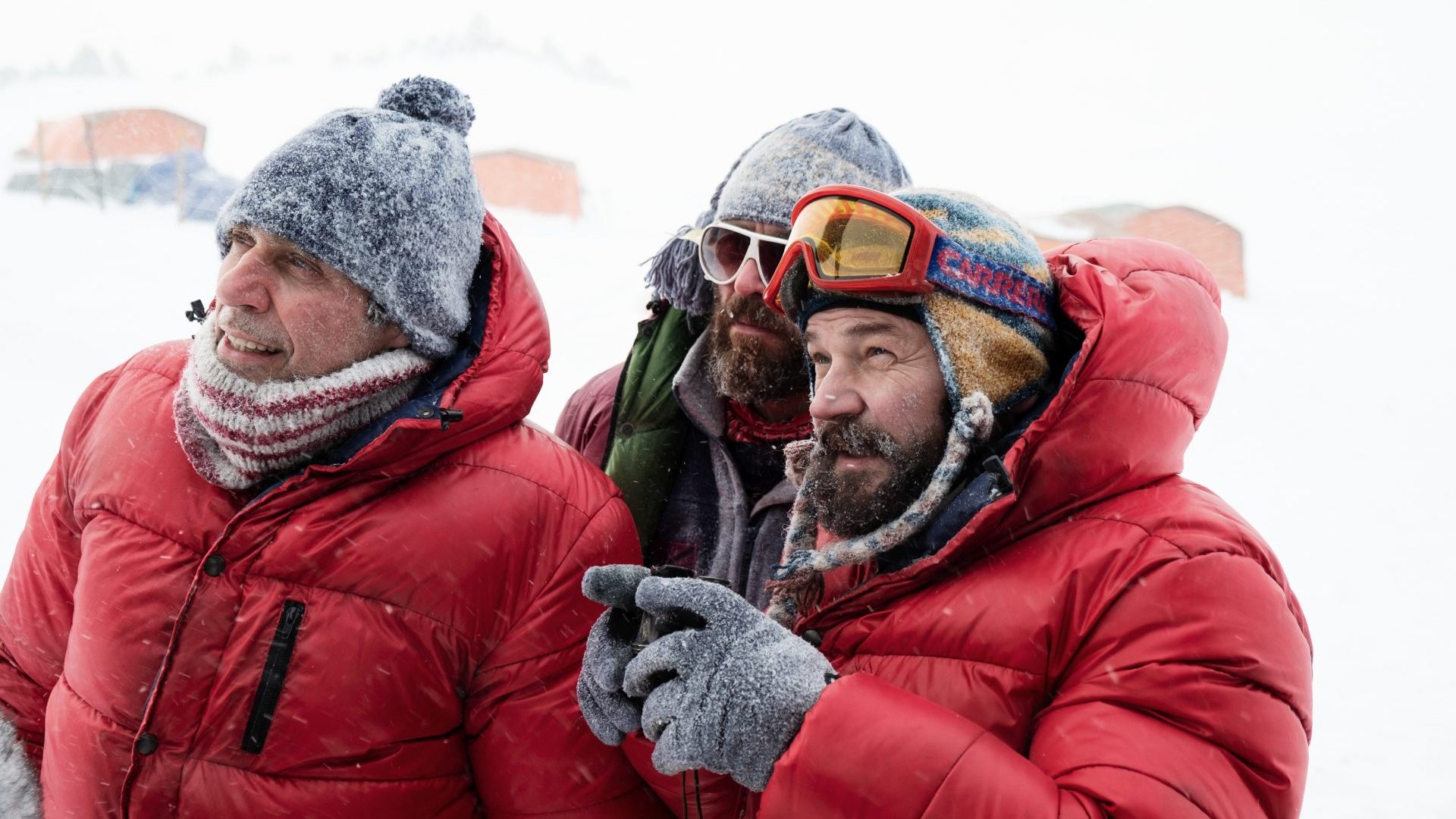Time was when it was fashionable to discern a common theme or mood in the movies assembled at the major film festivals.
Not that the world’s great directors ever got together to discuss such matters – “Hey, Pedro, Alfonso, Celine, Bong, let’s all make allegorical films about the economy this year!” – but there used to be a general sentiment that the curators and festival selector went for, seeking art that takes and reflects the world’s temperature.
That festival trend has disappeared in recent years as storytellers have defected to high-end TV and streaming, but it returned to the big screen in the second week of Venice, laying bare that unifying thread that has of late bound us all together: yes, even filmmakers had to endure the Covid era and perhaps this time there really were sessions of auteur Zoom calls while the rest of us were doing quizzes and making sourdough.
Not that I want to see any films to really remind me of the hideous times of the pandemic (sourdough is so over-rated – too chewy), but some sort of aesthetic does appear to have developed during all those masked shoots when protocol advisers bossed the sets.
Films made then are surfacing now and it certainly seems to have led to a sense of claustrophobia, a whiff of lockdown and constraint permeating the screens of the unmasked world – though, bit of a shock, in Venice you still have to mask up on public transport, even on the boats.
This fetid air was most apparent in Darren Aronofsky’s The Whale, which takes place in one stuffy room and features Brendan Fraser in a gigantic fat suit, sweating and eating and masturbating on the couch while trying to get his estranged daughter to talk to him.
It’s a horrible watch, very stressful, screechy and stagey and I wouldn’t wish it on anyone, frankly, even though there was much talk of Fraser (yes, that guy from the 1990s, who was in George of the Jungle and The Mummy) landing an Oscar nomination in the way Aronofsky revived Mickey Rourke’s career in 2008 by putting him through the physical wringer in The Wrestler.
But if the awards at Venice are any sort of guide, the Best Actor Oscar may end up with Colin Farrell. Shot on the Aran Islands in Galway Bay, Martin McDonagh’s The Banshees of Inisherin is mostly comprised of simple, two-hander-type scenes of Farrell and Brendan Gleason bickering and bantering on a rocky isle, like Beckett characters.
Reuniting for the first time since the craic of In Bruges, this team brings an A-game of Irishness to the 1923-set drama (slipping into “Oirishness”, maybe?) about two old friends and an escalating quarrel, a stubborn, laconic stand-off that leads to a climax not unlike that of McDonagh’s last film, Three Billboards Outside Ebbing, Missouri, from 2017.
It’s actually a closer cousin to McDonagh’s stage plays The Cripple of Inishmaan and The Lieutenant of Inishmore and has to be enjoyed in the way it chips through the twinkle-eyed Irish clichés (donkeys, Guinness, fiddles, a village eejit) and builds to something that’s thoughtful, bleakly funny and almost inevitably sad. With seas and skies and cliffs as rugged as Gleason’s face, it looks beautiful, and the perpetually bewildered Farrell is particularly good in it.
The most obviously locked-down film was Steve Buscemi’s fifth outing as a director, The Listener, which stars the excellent Tessa Thompson in a “one-woman show”, as a helpline operator talking various anxious, disembodied voices through their fears and loneliness.
But Florian Zeller’s The Son also had an airless, hermetically sealed feel. Adapted by Christopher Hampton from Zeller’s own stage play, this is the same combo that gave us all the Oscar-winning Anthony Hopkins’ creeping dementia in The Father, only this time, all the “cinema” is missing.
Zeller’s direction here is disappointingly flat, with every shot looking like a set (a lawyer’s office window perfectly framing the Chrysler Building), and even his writing feels clunky and theatrically expository – the film it most resembles is Polanski’s Carnage.
Fortunately, the performances – Hugh Jackman, Vanessa Kirby and Laura Dern as upscale New Yorkers struggling to deal with a teenager’s growing depression – are all so excellent it does keep you watching, even when you can see the ending coming a mile off, and Zeller does have a way of getting into the hot-button mental health moral conundrums the bourgeois would rather not deal with. However, as if to remind you how much better The Father was, a brutal three-minute cameo from Anthony Hopkins totally steals the show.
Talking of drama, the biggest one at Venice was a travelling circus act about Harry Styles, Florence Pugh, Olivia Wilde, a spitting, a snubbing, a sacking and a savaging. There was actually a movie at the centre of all this, Wilde’s Don’t Worry Darling, but it wasn’t what most people seemed to want to talk about, other than to slag it off with an unjust amount of glee.
OK, the film is something of a hot sci-fi dystopian-style mess, but it has plenty to enjoy in its costumes (Arianne Phillips bang on form again after Once Upon a Time… in Hollywood), music choices (Ray Charles, The Teddy Bears) and design – some of it shoots in the Kaufmann House, a mid-century modern temple in Palm Springs, designed by Richard Neutra in 1946, once owned by Barry Manilow and made famous by photographer Slim Aarons in his 1970 photo Poolside Gossip, an image we have on our kitchen wall for inspiration and aspiration. It was last on the market for $17million.
Pugh is reliably good, that young face grimly set on powering its way through the escalating chaos of Wilde’s direction. Oh, you want to know about Harry Styles? He’s fine, not awful, looks neat with a Mad Men suit and a cocktail, has a northern accent, should probably stick to singing but if Richard Harris can have a number one (as documented here in the film The Ghost of Richard Harris), why shouldn’t Harry have a go at the movies?
The Wilde ride seemed highly unfair to me, clearly not the worst film ever made (it wasn’t even in any of the competition strands) it attracted exactly the sort of misogyny the film itself was trying to highlight, and I’d actually recommend going to see it at the movies ahead of quite a few of the other distinctly uncommercial “arthouse” offerings – you’ll come out with plenty to talk about over your post-screening martinis, wanting Florence’s house coat and looking up a doo-wop playlist on Spotify.
Also of real note on the stylish 1950s costume front was Sandy Powell’s work on buttoned-up British film Living, starring Bill Nighy, which is all bowler hats and pinstripe suits until Aimee Lou Wood’s breath-of-fresh air young secretary brings splashes of colour and brocade – until she gets a job in a Lyon’s Corner House.
Adapted by Kazuo Ishiguro from Kurosawa’s 1952 Japanese classic Ikiru and transposed to London’s County Hall during the process of post-war regeneration, Nighy is a widower bureaucrat dealing with mortality, train times and labyrinthine planning permission.
The film actually played early on in the festival but, with the Queen’s passing, its images and textures have returned to my mind with real power and taken on a new relevance the way the best art can do – with uncanny timing and a welcome lack of rosetinged sentimentality, the film portrays a 1953 Britain, a brown and depressed world, that just disappeared a bit further over the last few days, laid to rest, thankfully.
This year’s winners in Venice
All the Beauty and the Bloodshed by Laura Poitras deservedly won the top prize of The Golden Lion, awarded by Julianne Moore and her jury.
Detailing the seminal 1980s photography of New York artist Nan Goldin and aligning that outsider aesthetic with her recent activism against the opiate-peddling and “art washing” of the billionaire Sackler family, it’s a documentary that uses multiple sources and techniques to create a wholly compelling and emotional cinematic experience.
In the 90 years of the festival, it is only the second documentary to win Venice’s top prize, and the first directed by a woman. At its heart, the film is really about families and how they can embrace us or kill us, and about loss and greed, showing how art can make some kind of sense of individual grief and death. Poitras’s clear-eyed direction brings together many disparate strands – from queerness, Aids, addiction and big pharma billions – with admirable skill, and tears.
Cate Blanchett, Colin Farrell and Taylor Russell were all worthy acting award recipients, although I would have liked some more love shown to non-English language works.
Italy’s Luca Guadagnino won Best Director for his American cannibal romance road movie Bones and All, while Martin McDonagh’s screenplay award for the witty and sad The Banshees of Inisherin is hard to argue with – but none of these feel like daring or diverse choices. However, Alice Diop’s St Omer did scoop two prizes and I can’t wait to see that one soon, at the BFI London Film Festival next month.
Others to watch out for include: L’Origine du Mal, a stylish, twisty, campy French thriller starring Call My Agent’s Laure Calamy wheedling her way into a crazy wealthy family. And Les damnés ne pleurent pas (The Damned Don’t Cry), an impressive, realist work from British Moroccan director Fyzal Boulifa about a rural teenager getting work in a French-run boutique hotel in Tangier (while his glamorous mother desperately attempts to snag herself a righteous Muslim husband).




